EAT IN ASIA / Destinations / Other destinations / Europe / Montenegro
Home-made organic products in Montenegro
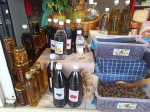

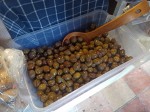
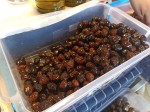


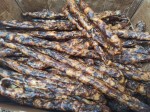

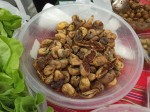

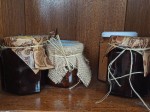

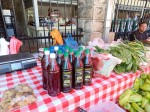
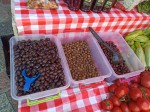





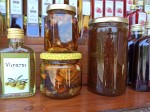

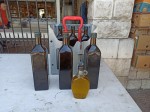

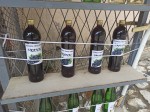
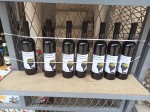

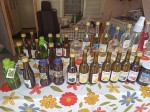
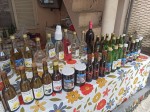
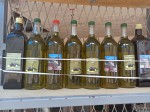
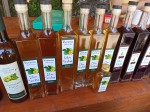
What could be better than natural products? Products that are produced according to traditional recipes and methods. With no preservatives, no artificial colorants and with no chemicals. Products, that are cultivated and processed with passion and love. With devotion and heart. Prepared from best ingredients, from precisely selected fruits and plants. Home-made products are amazing! They taste completely differently from what you know from big supermarkets and even from national farmers that deliver a lot of products to huge processing companies.
Many countries have already stopped cultivating this tradition. It is really rare to make some jams, juices, sausages or cheese at home. Of course, some families still do so, but they are in the minority. Usually, people go to the supermarket and buy what they need. Although many of these products are of a relatively good quality, they cannot be compared to anything that is made at home. Neither is the quality nor is the taste comparable. Yes, they are tasty, but not as amazing as these made at home. Do you remember how was it when you were coming as a child to your grandmother? Do you remember these tastes? The smell that you could distinguish from the entrance? The naturality and the texture of everything that was prepared? Didn’t it have another taste? Another smell? I think, it definitively had. It was something magical, especially when it was done at home and with love. Even the most basic jam or syrup tasted perfectly!
Now, it is hard to find places like that. Places where you would feel as at home. Where everything would be done with love and devotion. And if you are looking for a place like that, Montenegro might be a good choice.
On one hand it is a European country with well-known resorts, with a long history and tradition. But on the other hand, it is a country where this tradition is still cultivated and praised. It is a country where modernity interlaces with history and with the local culture. In consequence, all that is well reflected in the gastronomy.
Although international cuisine is available, local people rather choose their traditional meals. Pizza, burgers, and other fast-food restaurants exist, but still are not as popular as these with a traditional, home-made menu.
And there is a number of products that are still made and home and not only consumed by families but also sold on stalls. Meat, cheese, honey, jams, juices, dried and fresh fruits, olives and olive oil products and even cakes and sweets. Finally, there is this famous home-made brandy – rakija, wines and liquors.
Home-made Montenegrin cheese
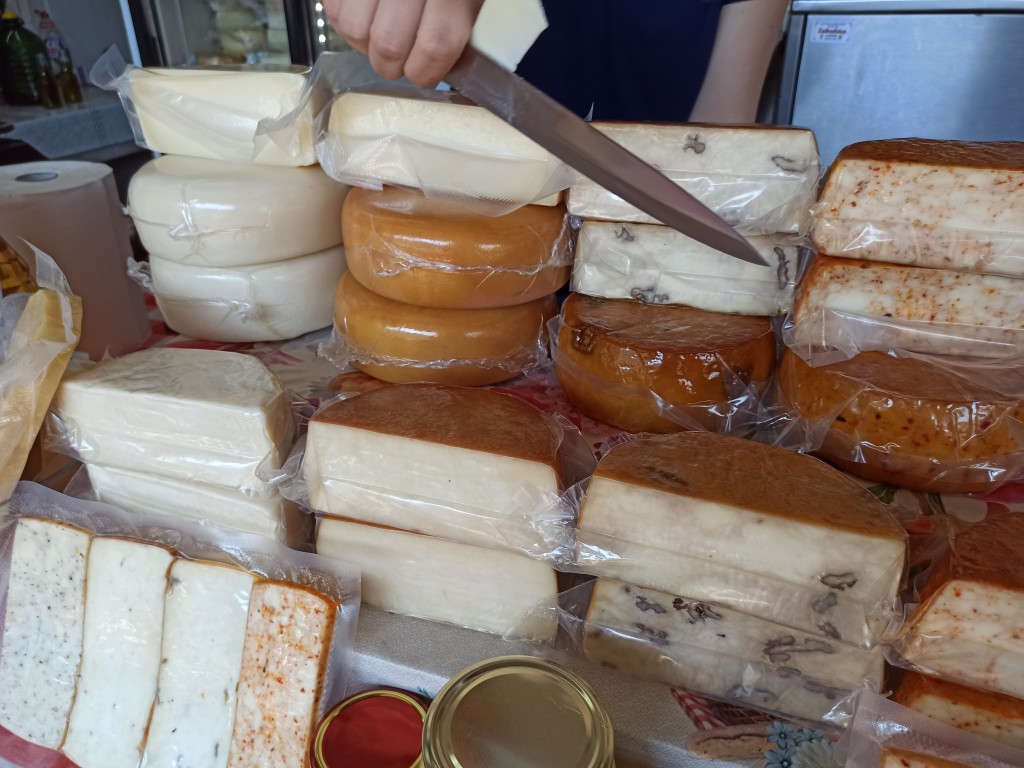
That is one of the most popular products that you can buy almost everywhere. Smoked, natural, with herbs, spices, nuts, or seeds. From cow, sheep, or goat milk. Mild or with a sharp taste. Hard or soft. Matured or fresh. Almost whichever you would like, you will be able to buy.
Of course, each region has its own characteristics and in different areas other animals and dairy products dominate. In some parts of Montenegro that would be sheep cheese, in others goat and in others cow milk cheese. Also depending on the family that is preparing them, these cheeses will have a different taste. This taste is also influenced by the food that cows, sheep, or goats eat. Although they are naturally fed, other plants grow in different zones, and in consequence the milk tastes differently.
Some families make just a small amount of these cheeses and there is no option to buy a lot of it, but still, these homes are also good places to try something else. I would recommend buying the cheese that is not only typical for that exact region, but also for the family that you are visiting. Try these cheeses in multiple areas and check how different can be their tastes and textures. Read also the post on cheeses in Romania - TOP 5 Romanian types of cheese.
Home-made hams, sausages, and meat products
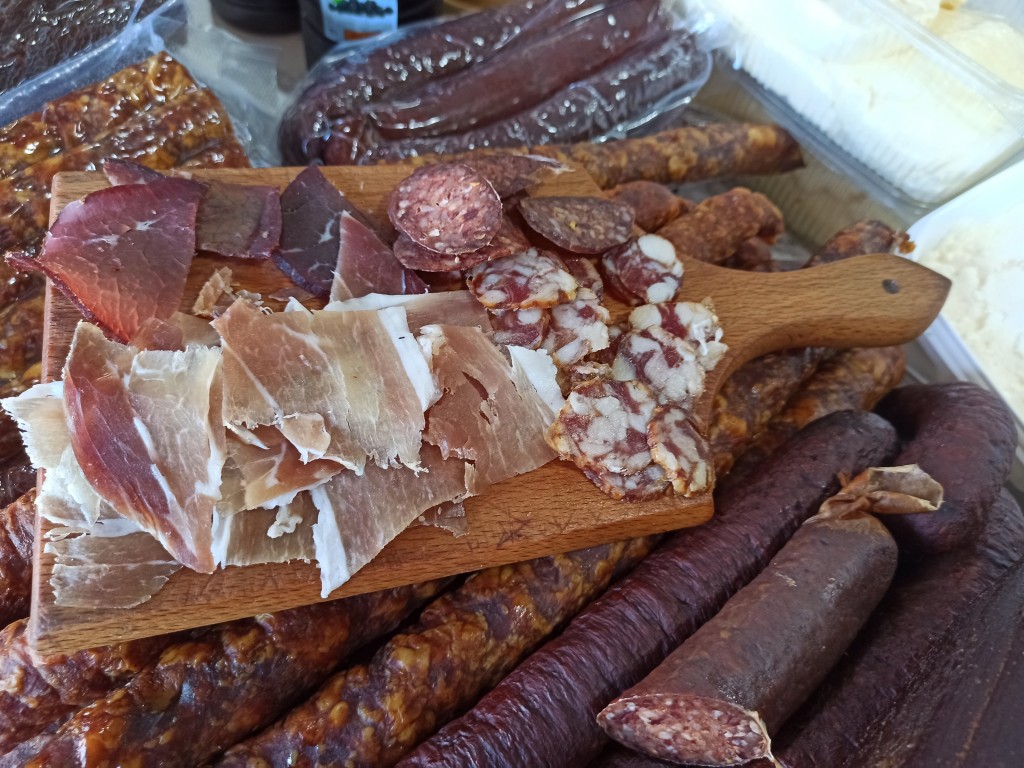
Meat products like ham, sausages and other cold cuts are almost as popular as are cheeses. Check also our post on Sausages and cold cuts in Hungary and Romania. These products are home-made, smoked and processed according to the most traditional methods. Natural smoke, natural wood, and air circulation guarantee that the final product would be of the best quality.
Aromatic, with no salty brines and soy substitutes. Produced only from pork or beef meat, meat fat and with some herbs and spices. Many of these products undergo a long production process. Very often that are weeks, months or even years, till the moment the final product is ready. Hams like these from Parma or Schwarzwald are one of the most praised. Apart from that, dried sausages, bacon, and offal.
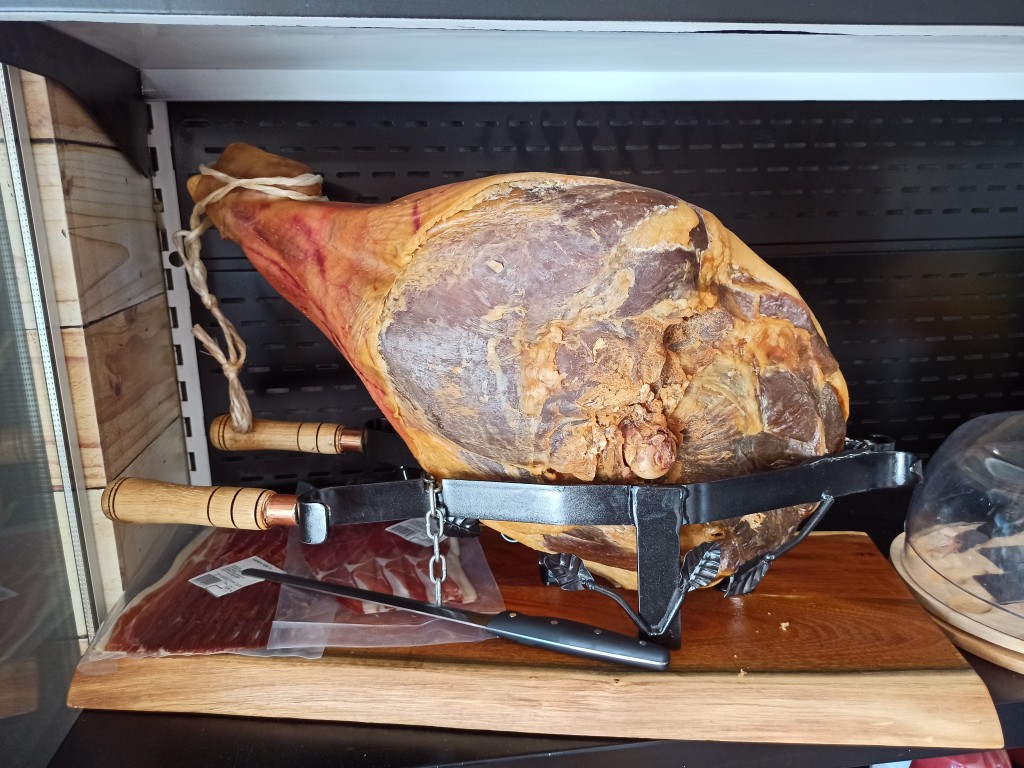
Some of these meats might not suit everyone. Blood, kidneys, livers, and other offal might be disgusting for many people. The interesting thing is that, if you had not known what it was made of, you would even say that they are good.
The most popular meat products are these from pork. They are also cheaper than these from beef. You will definitively feel the difference in the taste of them, but the most significant is the maturing and the drying process. These parts have a great impact on the final taste.
Home-made jams, juices, and syrups
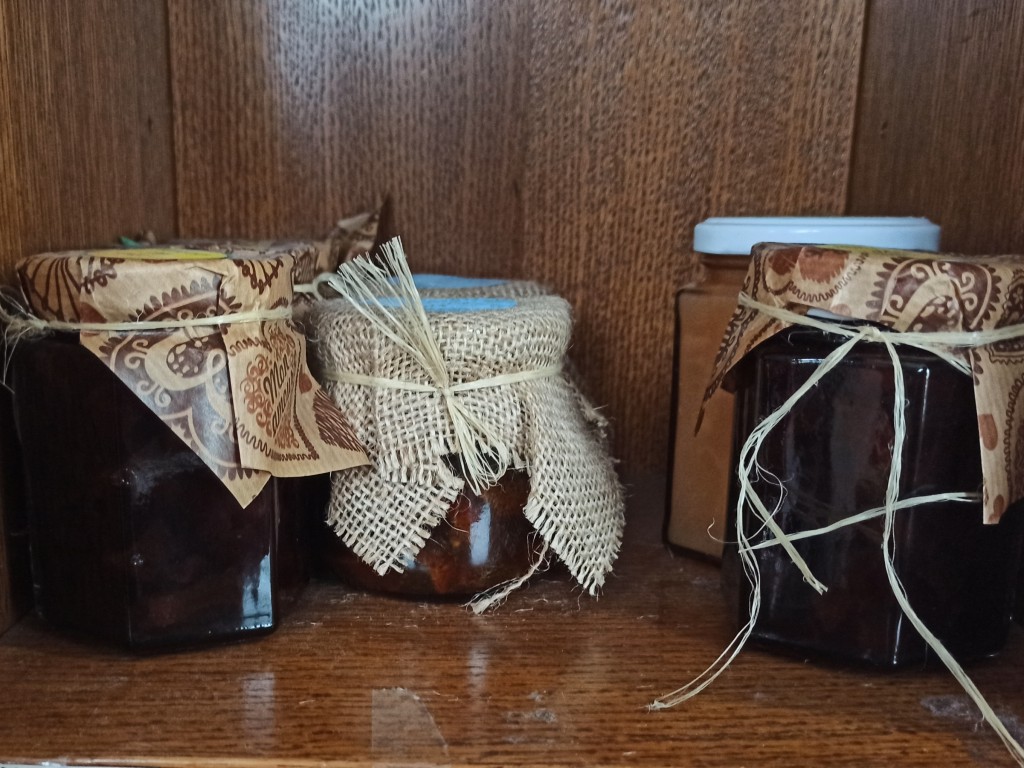
This section is for all who love sweets and fruits. For those who like to enjoy summer during the wintertime. Who start they day with a light continental breakfast or who enjoy afternoon teas with spices and syrups.
Home-made jams are full of fruits. You can taste small fruit parts in them. They are dense, sweet and have a natural jelly texture. They are aromatic and you can smell them just after opening the jar.
The most popular jams are these from berries, apricots, quince, plums, and pears. Strawberries, raspberries, blueberries, and blackberries are commonly used to make forest-fruit jams. Whole fruits are indulged in a delicate fruit pulp.
Apricot jams have a mild flavor. They are sweet and have neither no bitterness nor sourness. On the opposite side are quince jams that have sour notes. Plum jams are a little bit bitter due to the skin that sometimes is added to the spread too. Finally, these berries jams have a nice, but strong flavor.
All of them are great with a white bread with some butter. Another option is to add them to a cottage cheese or to a fresh, white one. Finally, you could add them to a natural yoghurt or to your morning porridge, cornflakes, or muesli.
Home-made organic Montenegrin honey
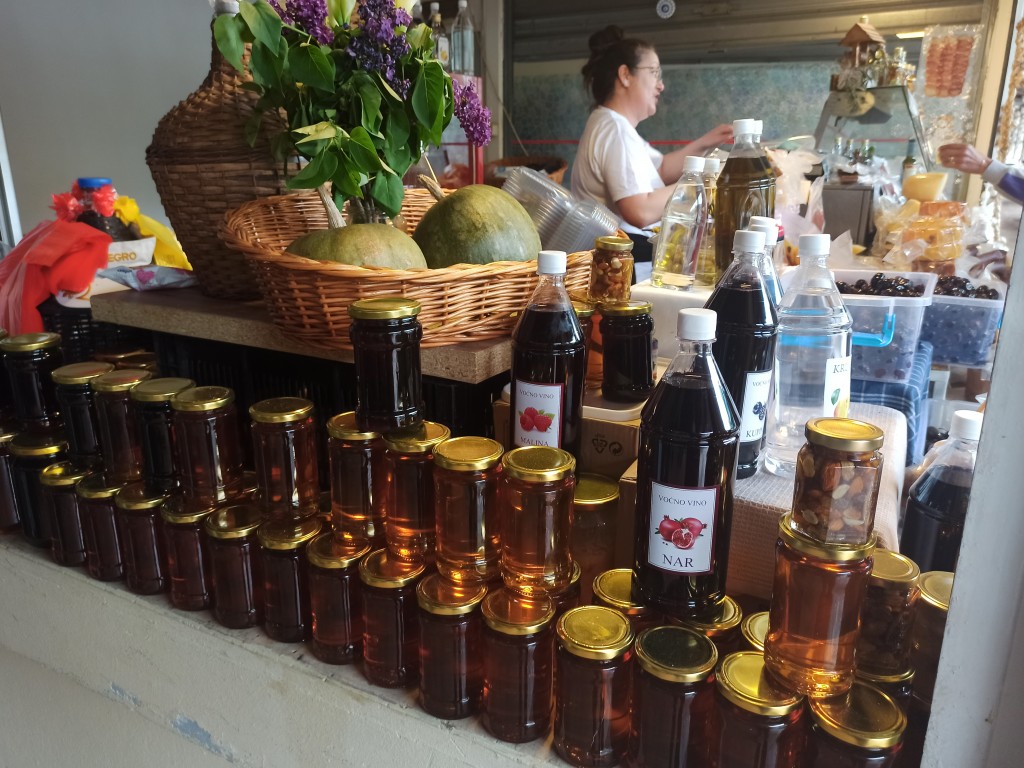
You might be surprised how many families produce it! Beehives are in so many places! Some families have many of them, while others just a couple. And no honey is the same as other. Different areas, different flowers and trees influence greatly the taste of the honey. Even if all of them might have the same name – for example forest honey or acacia honey, they will have a different flavor depending on the region. Add to that mixed-flowers honeys and the taste palette will increase significantly.
Apart from the honey production, there are other bee products like pollen or propolis that are either sold alone or mixed with honey. These last two products are used mainly as a medicine. Their health benefits include boosting the immune system, improving blood circulation, increasing vitality, and curing throat soars. Apart from that, bee products are believed to have a great impact on the prolonging the longevity.
An alternative to these plain honeys are those with nuts, seeds and dried fruits, which are indulged in a mixed flowers’ honey and not only look nicely but add extra vitamins and minerals.
Olives and olive oil
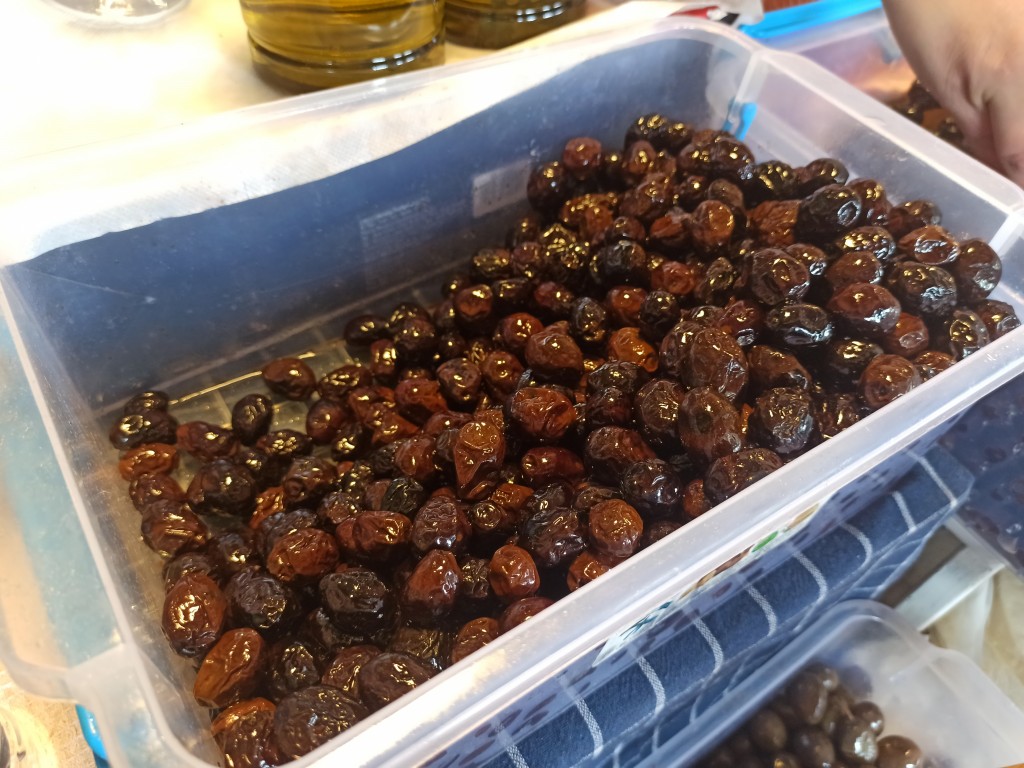
Olive orchard are magical! The best place to spot them is in the southern part of Montenegro. Ulcinj and Stari Bar areas are extremely famous for the olive oil production. Apart from that, other olive products play an important role in the local market. These olive trees have many years, and are cultivated by whole families and since centuries. The natural production process has a great impact on all health benefits of the oil. Finally, many products are extra virgin, completely ecological and cold-pressed. All these factors make these olive products extremely healthy and valuable.
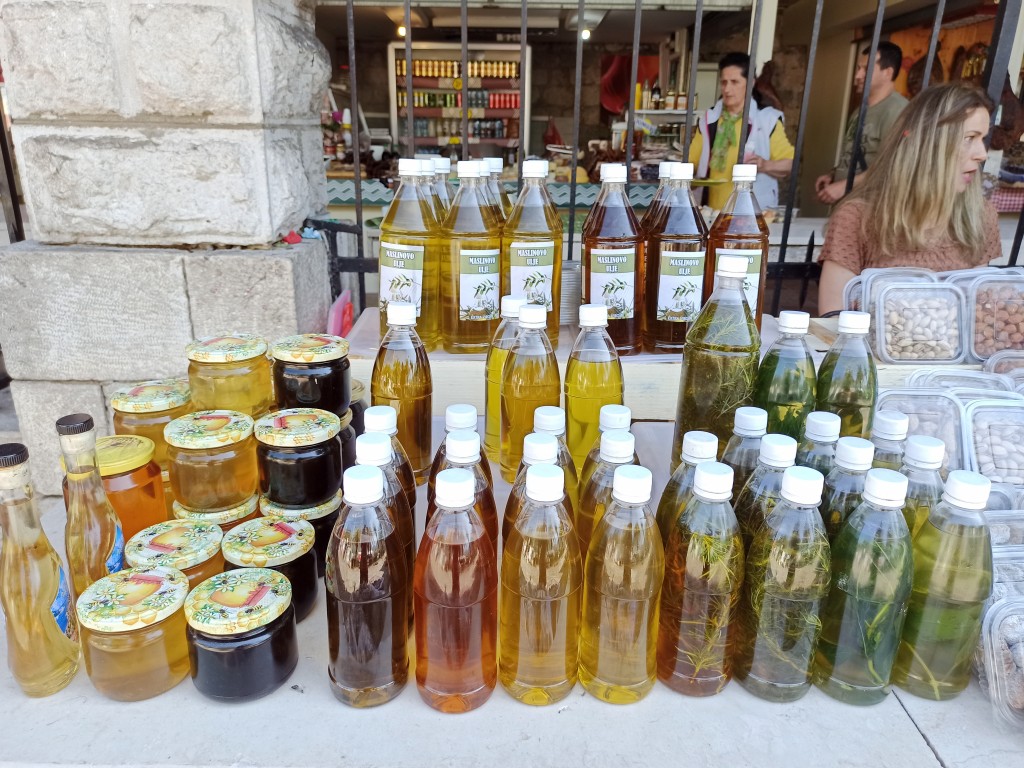
Many local producers are certified and have a governmental approval. Olive oils are aromatic, sometimes mixed with herbs and medical roots. Apart from the olive oil production, cured olives create the second important branch. Usually, these olives are either brined in a salty water, or in a natural olive oil. Sometimes, olives are additionally seasoned with herbs and spices. The most popular are chili flakes, rosemary, basil, and thyme. Another popular way of serving olives is to stuff them with cheese, garlic, or nuts.
Olives are ideal to serve them as an appetizer with cold, dried meats and cheeses. Of course, do not forget about a red wine that would be ideal with them.
Olive oil is also wonderful as a great spread instead of a butter and a great way of seasoning light vegetable meals and salads.
Sweets and cakes

This section is not the biggest one. Although Montenegro has their traditional sweets, desserts, and cakes, these home-made are rarely sold. However, it is not impossible to try them. The best option is to go to a small cafeteria or to a local bar or to a small restaurant and have it there. These places hardly ever buy desserts form stores but instead of that, make them locally. Although they might not look so nicely, they will definitively have a unique taste.
The most popular are cheese and chocolate cakes. However, on top of it is krempita that is a puffy cake with a thick custard layer.
Home-made Montenegrin brandy – rakija
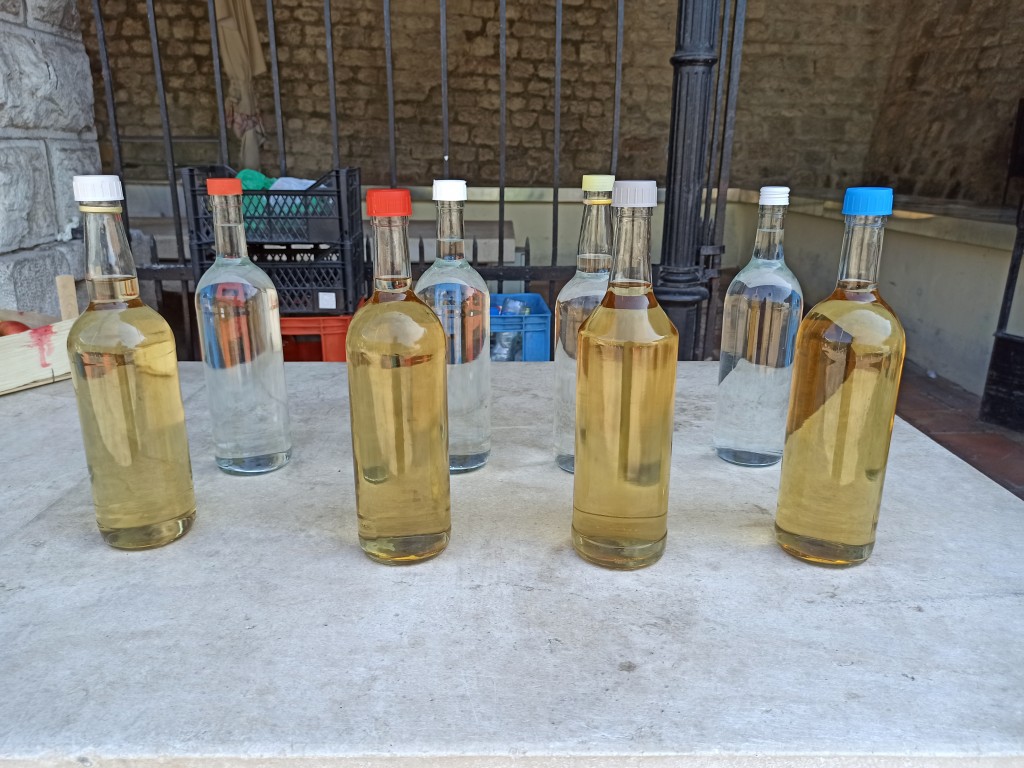
That is something you cannot miss. You have to try it at least once! Rakija is popular for all countries from this region. All Balkan countries love it, have a similar production method, and use similar fruits. However, each home-made rakija is different from another. The distilling process, used fruits and proportions result in a different product.
The basic rakija is made from grapes. It is the strongest one and reaches up to 55%. Then, on the second place is a plum rakija. This one has a slightly smaller alcohol content. Usually, it is something between 40% and 50%. Then are fruit rakijas like these produced from pears, quinces, apricots, and raspberries. Usually, they have about 30% to 35% of alcohol. These last ones are slightly sweeter and have a milder alcohol taste. However, they have significant fruity notes.
For many people the best rakija is the one made from plums. And so it is for me. It has a wonderful plum taste, is not sweet, slightly bitter, and has a great aftertaste.
Home-made local wine

Home-made wines cannot be missed either. Usually that are dry, red, grape wines. Vranac and Chardonnay are the most popular grape varieties. While the first one is for red wines, the second is for white ones.
However, there are also other types of wines. Here, worth mentioning are pomegranate and blueberries wines. They are either sweet or semi-sweet. Their color is intense, but still keep the clarity.
All these wines are produced traditionally and with no sulphates. Only fruits and optionally sugar.
Home-made fruit liquors
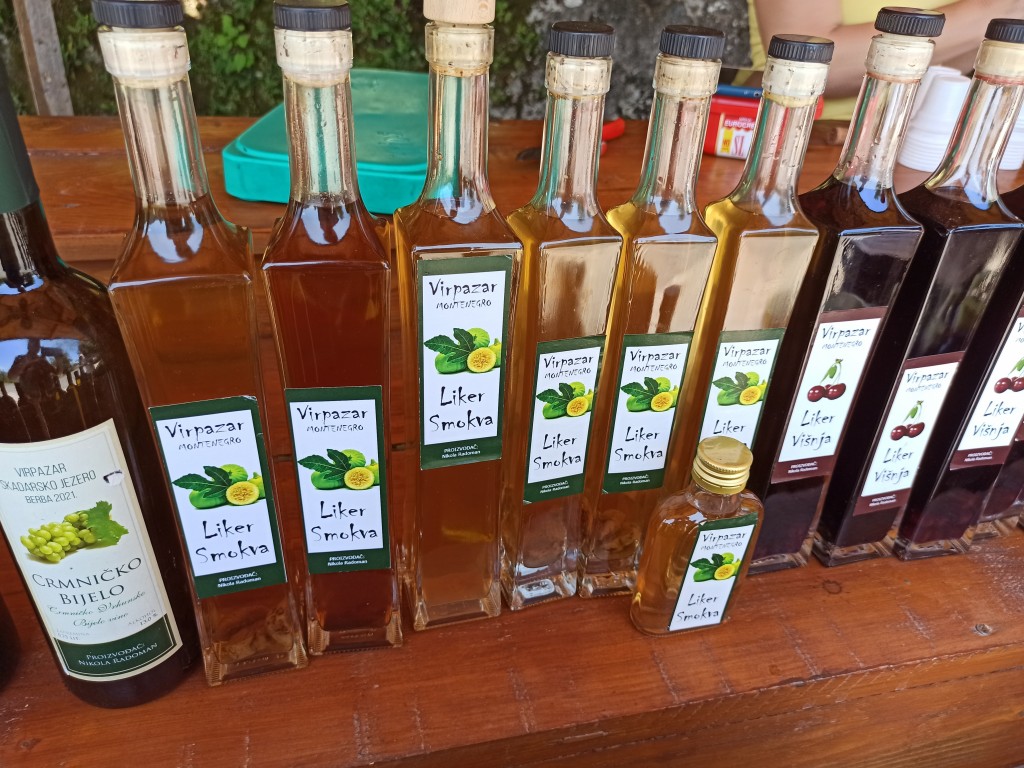
Fruity, sweet alcohol beverages are ideal for serving with desserts or to enjoy them alone. These home-made liquors have a lower alcohol content than rakijas, have a milder taste and easily distinguishable fruity aromas. They are sweet, have an intense color and a very nice smell. Hardly ever their alcohol content exceeds 25%, so you can enjoy them alone, with no extra glass of water or juice. Sip them slowly and taste it.
Fruits used for the liquor production vary from home to home. However, the most popular and traditional are these produced from blackberries, quinces, pears, plums, and raspberries. In some regions, very common are liquors from figs and cherries too. All depends on the orchard and the climate. The warmer it is, the more tropical fruits grow.
I would recommend you trying fig liquors, as they are relatively unique and not as widely available in other countries.









